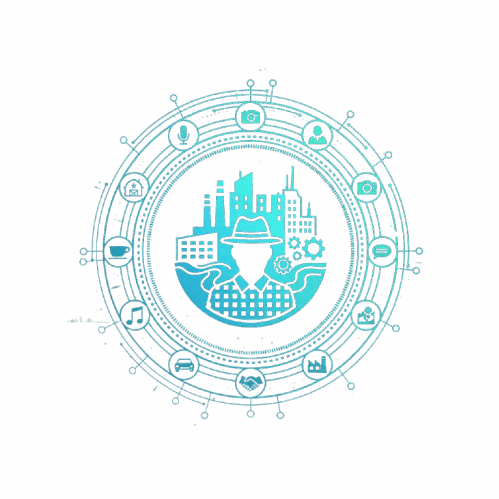Urban Lifestyle in the Rust Belt — A Mix of Grit, Growth & Warmth
The urban lifestyle in Rust Belt cities is unlike any other. It’s grounded, practical, and full of character. People don’t move here for glamour — they move for community, affordability, and realness.
One of the biggest draws is cost of living. While cities like New York or San Francisco are painfully expensive, Rust Belt cities offer spacious homes, walkable neighborhoods, and thriving local scenes without breaking the bank. 🏡💵
Another strength is community warmth. Midwestern hospitality is legendary. Neighbors greet each other, local shops know their regulars, and community events create strong bonds. There’s a cozy, small-town feel even inside big cities.
The urban environment balances old and new beautifully. You’ll find modern lofts sitting next to century-old brick homes. Coffee shops inside old fire stations. Tech startups working inside repurposed mills. The mix creates a lifestyle that feels both nostalgic and modern at the same time.
Food culture plays a huge role too — diners, BBQ joints, regional comfort foods, and Eastern European influences. 🍽️ Many Rust Belt classics are being reinvented by young chefs bringing modern twists to traditional dishes.
What makes the lifestyle unique is the pride people carry. Residents value hard work, authenticity, and loyalty. The cities may have struggled, but the spirit remained unbroken.
Urban life here isn’t about chasing trends — it’s about living meaningfully.
